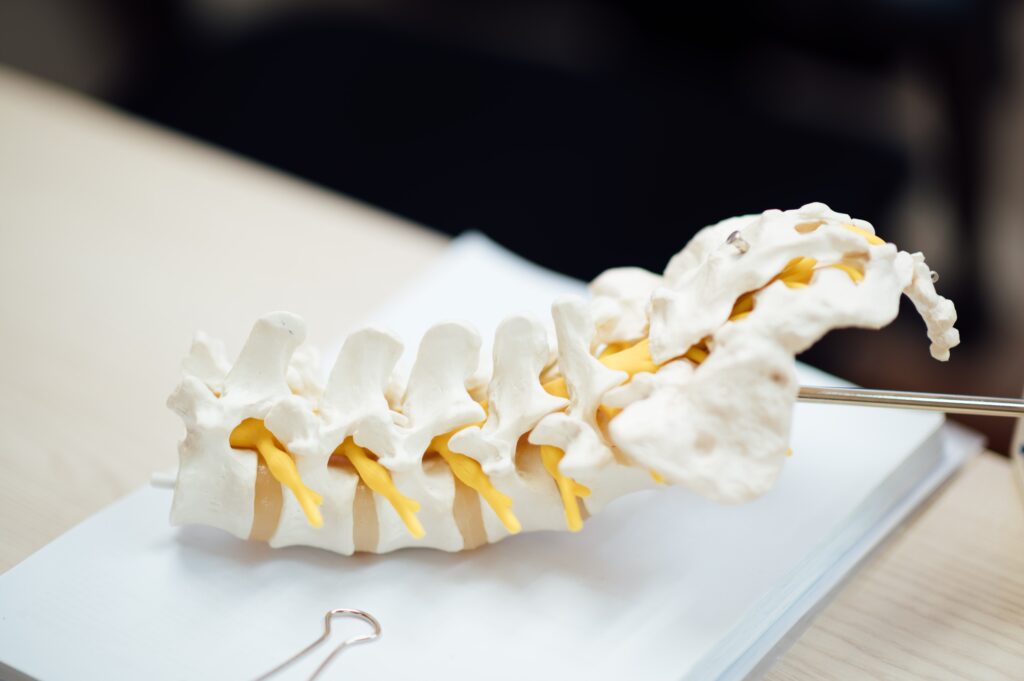 Decompression tables, also known as spinal decompression tables, are a type of therapy used to relieve pain and pressure on the spine. These tables work by gently stretching the spine and creating negative pressure within the discs, which can help alleviate pain and promote healing.
Decompression tables, also known as spinal decompression tables, are a type of therapy used to relieve pain and pressure on the spine. These tables work by gently stretching the spine and creating negative pressure within the discs, which can help alleviate pain and promote healing.
During a decompression table session, the patient lies down on a table that is equipped with a harness or other type of restraint system. The patient is then secured onto the table, and the table is adjusted to the appropriate angle for the treatment.
The table then begins to slowly stretch the spine, creating negative pressure within the discs. This negative pressure can help to pull bulging or herniated discs back into place and improve the flow of nutrients and oxygen to the affected area.
Decompression tables can be used to treat a variety of spinal conditions, including herniated discs, sciatica, and degenerative disc disease. This therapy can be a non-invasive alternative to surgery or other more invasive treatments.
Patients typically undergo several sessions of decompression table therapy, with each session lasting between 20 and 45 minutes. The number of sessions required will depend on the severity of the condition being treated and the individual needs of the patient.
Overall, decompression tables can be an effective treatment option for individuals with spinal conditions who are looking for a non-invasive, drug-free way to relieve pain and promote healing. If you’re considering decompression table therapy, talk to your healthcare provider to determine if it’s a good option for you.
